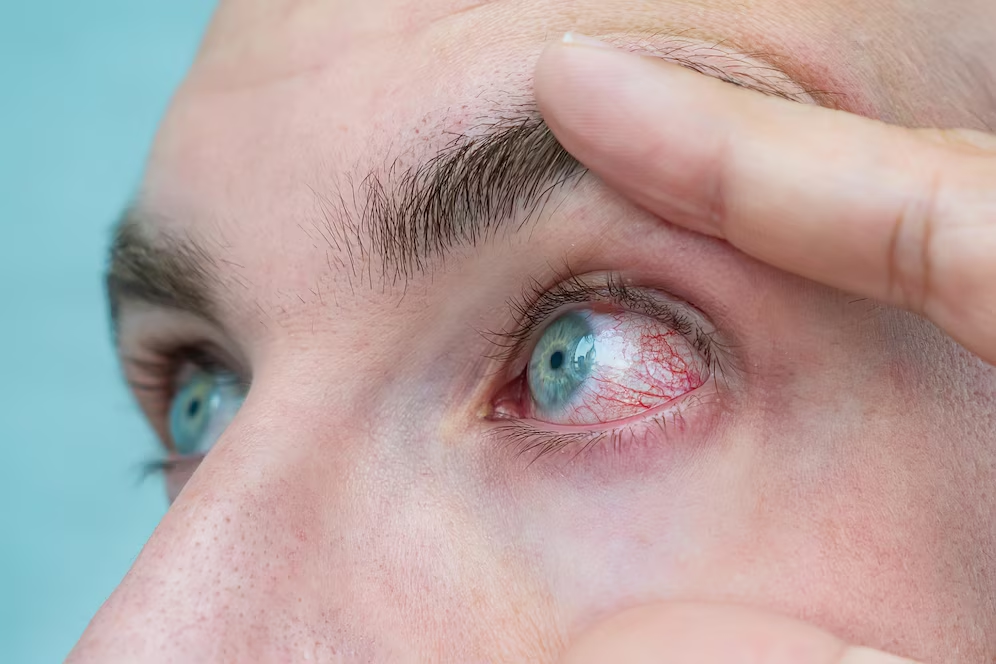
Dr. Kalyan Chothe
Specialties
Uveitis
Frequently Asked Questions
Uveitis is a general term for a group of inflammatory diseases that affect the uvea, the middle layer of the eye. The uvea consists of the iris (the colored part of the eye), the ciliary body (which produces fluid inside the eye), and the choroid (which provides blood supply to the retina). Inflammation of the uvea can damage the surrounding tissues, leading to vision loss if left untreated.
Uveitis can affect one or both eyes, and it can develop suddenly or gradually. The severity of uveitis can range from mild to severe.
Uveitis is classified based on the location of the inflammation:
Anterior Uveitis: Inflammation of the iris (iritis) or the iris and ciliary body (iridocyclitis).
Intermediate Uveitis: Inflammation of the ciliary body.
Posterior Uveitis: Inflammation of the choroid or retina.
Panuveitis: Inflammation of all layers of the uvea.
Cloudy or blurred vision: This is the most common symptom. Your vision may seem hazy or like you’re looking through a film.
Increasing difficulty with vision at night: Driving at night may become challenging due to glare from headlights.
Sensitivity to light and glare: Bright lights may cause discomfort or pain.
Seeing halos around lights: You may notice rings or halos around lights.
Frequent changes in eyeglass or contact lens prescription: Your vision may change rapidly, requiring frequent updates to your prescription.
Fading or yellowing of colors: Colors may appear less vibrant or dull.
Double vision in one eye: In some cases, cataracts can cause double vision in one eye.
Eye Pain: The eye may be red, sensitive to light, and painful.
Blurred Vision: Inflammation can affect vision clarity.
Redness: The white part of the eye may appear red.
Light Sensitivity (Photophobia): Bright lights may cause discomfort.
Floaters: Small dark spots that drift across your field of vision.
Decreased Vision: In severe cases, uveitis can lead to significant vision loss.
In many cases, the cause of uveitis is unknown. However, some potential causes include:
Autoimmune Disorders: Conditions such as rheumatoid arthritis, lupus, and ankylosing spondylitis.
Infections: Infections caused by viruses, bacteria, fungi, or parasites.
Eye Injury: Trauma to the eye.
Inflammatory Bowel Disease (IBD): Conditions such as Crohn’s disease and ulcerative colitis.
Sarcoidosis: A disease that causes inflammation in various organs of the body.

Dr. Kalyan Chothe
“Comprehensive Eye Exams, Advanced Treatments, and Personalized Care for a Lifetime of Healthy Vision.”
“Experience the Difference of Expert Eye Care with Dr. Kalyan Chothe and his Dedicated Team.”
“From Routine Checkups to Advanced Surgeries, We’re Committed to Providing the Best Possible Eye Care.